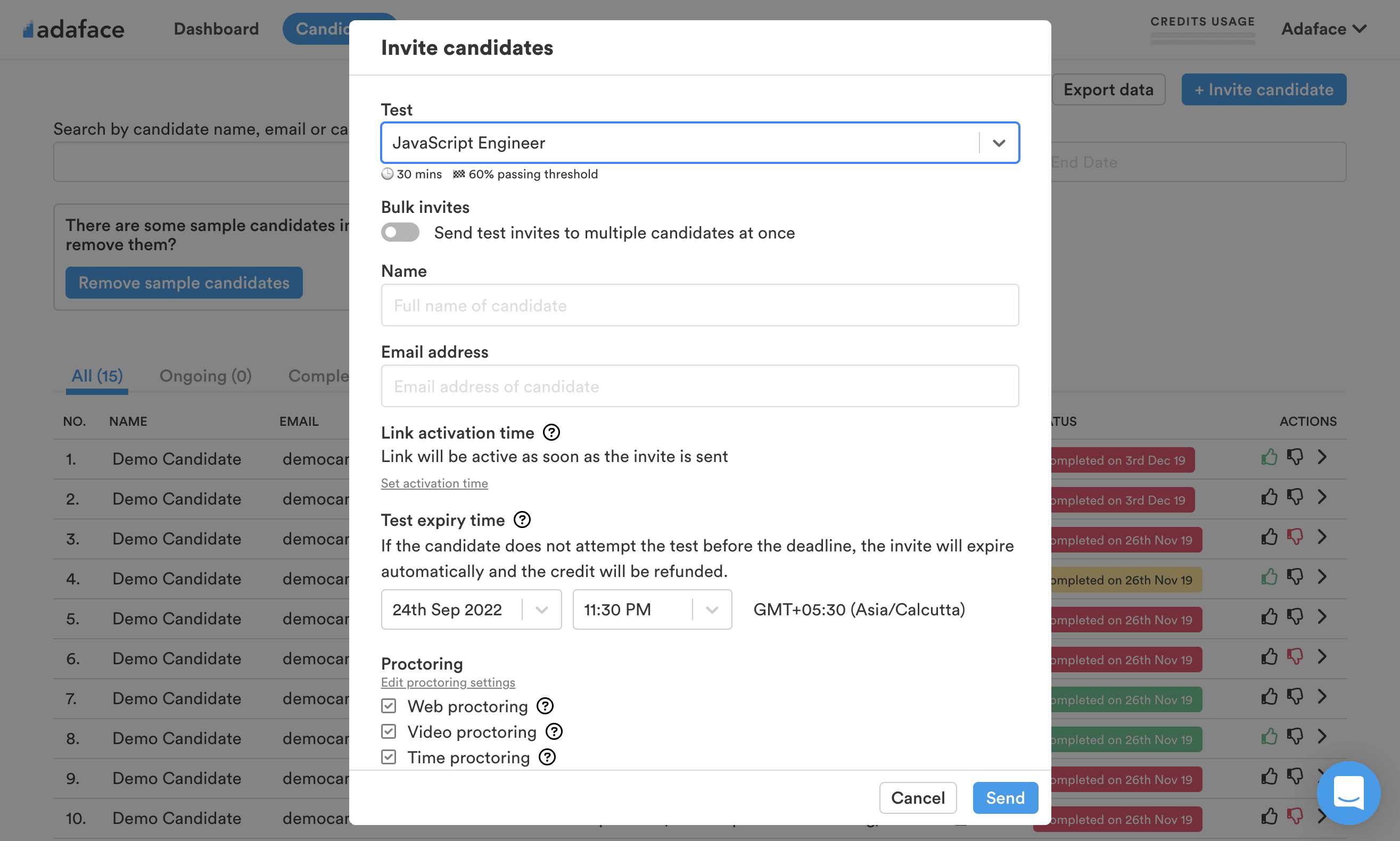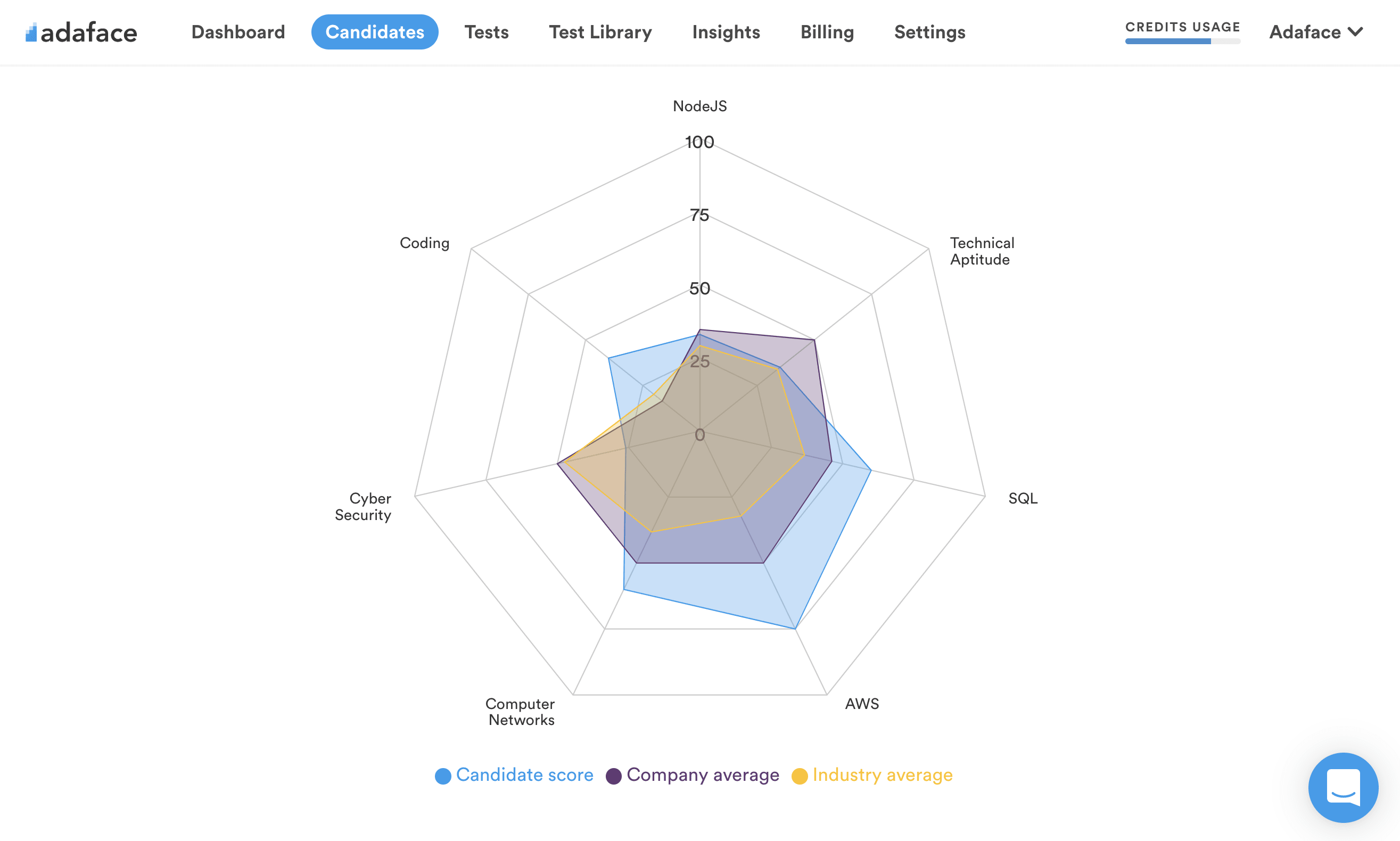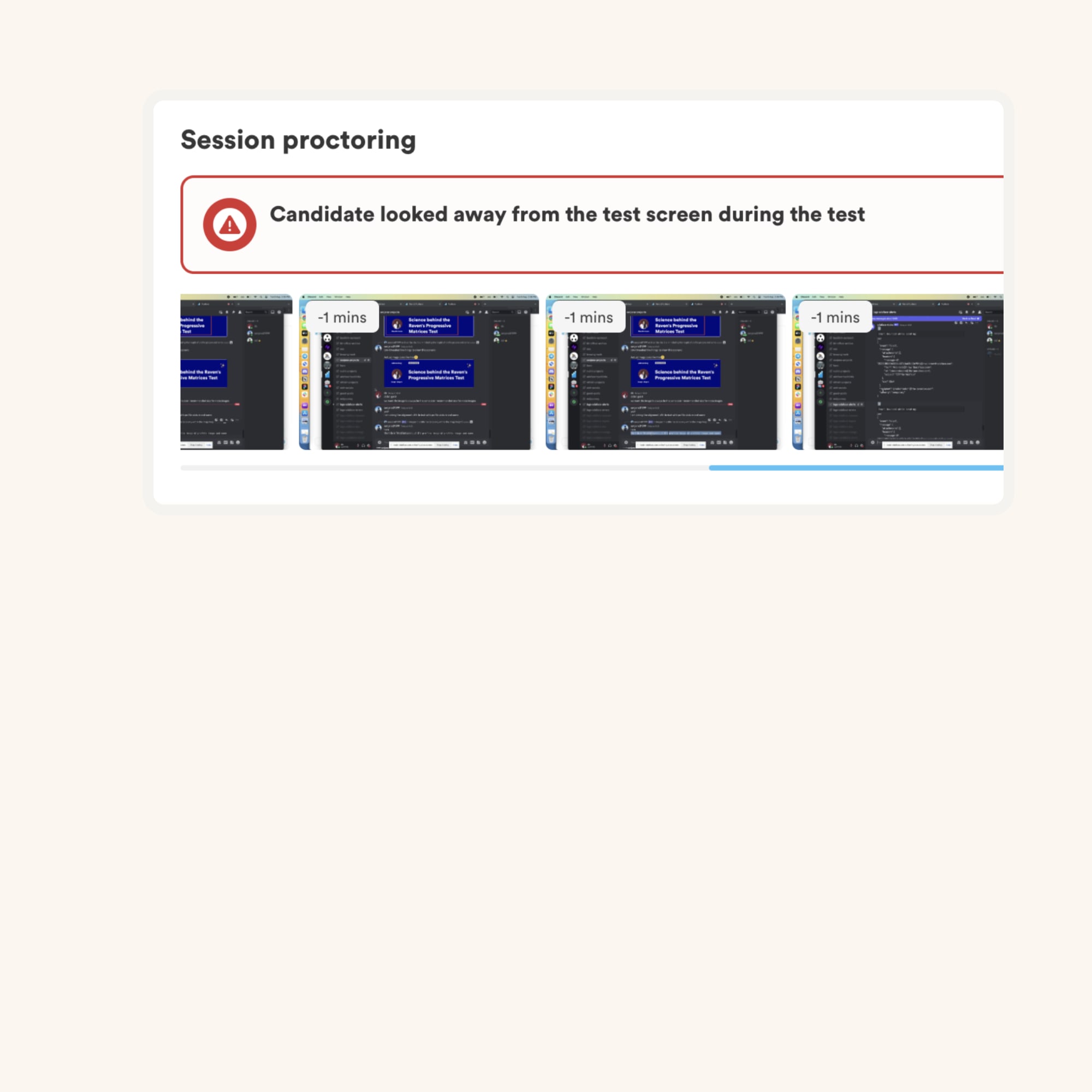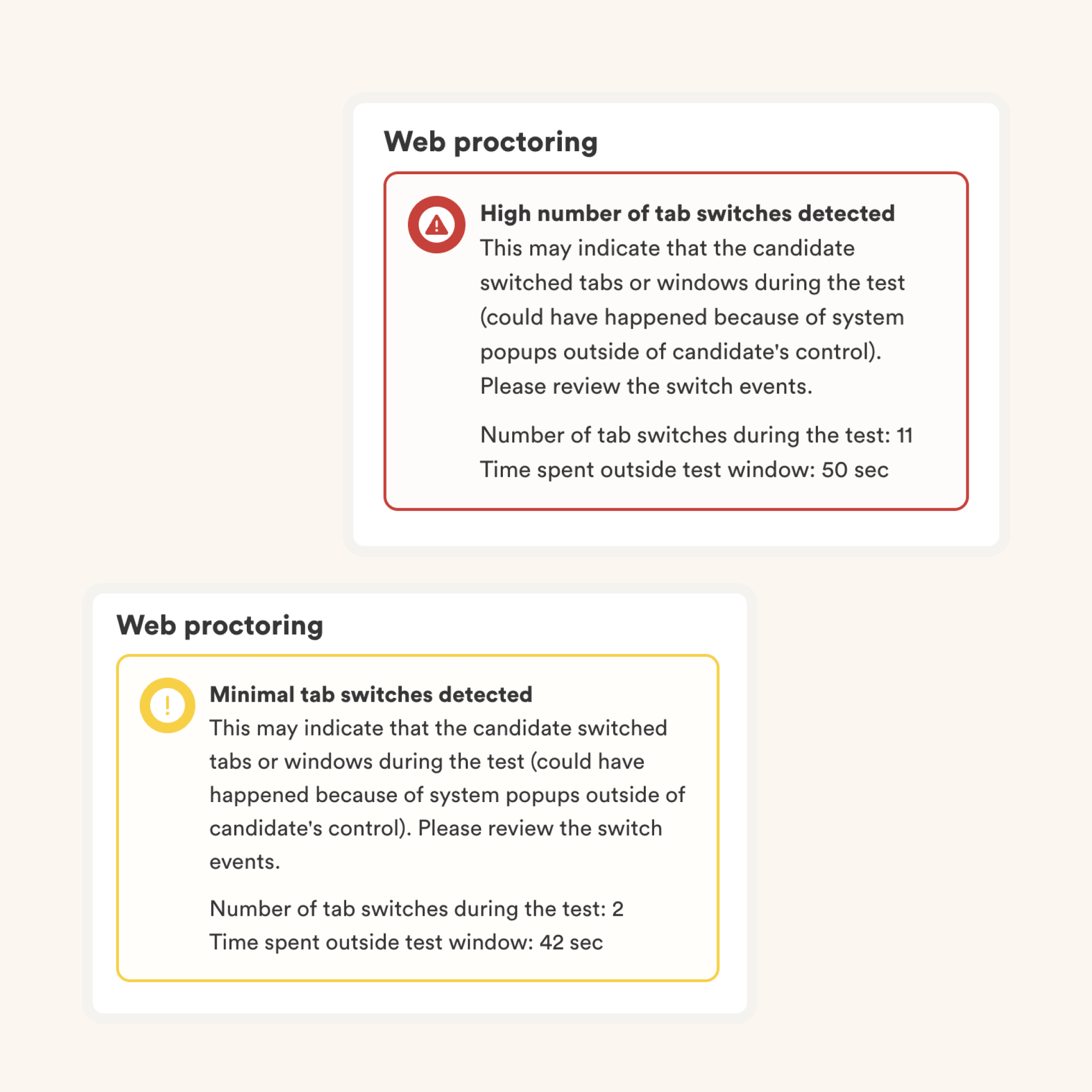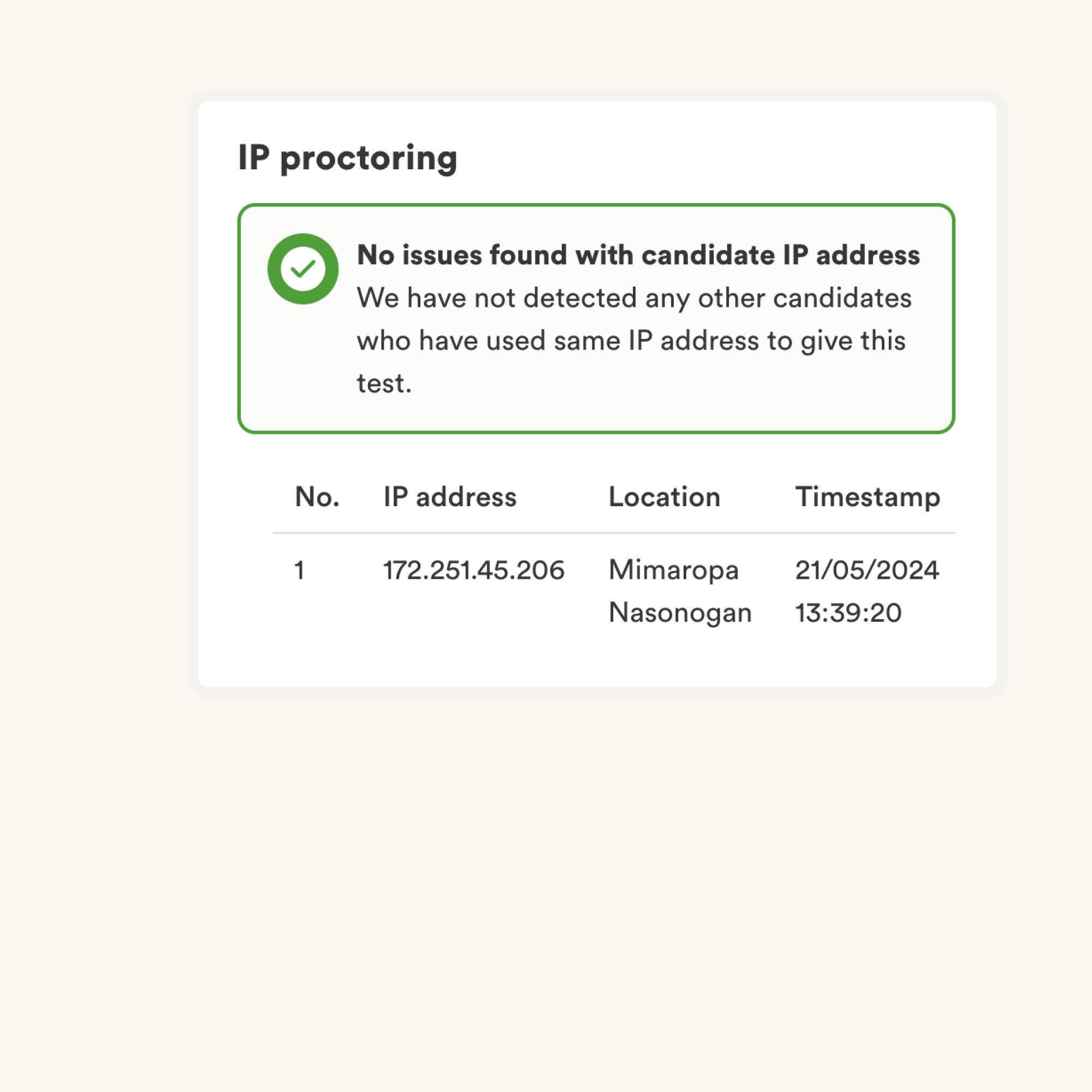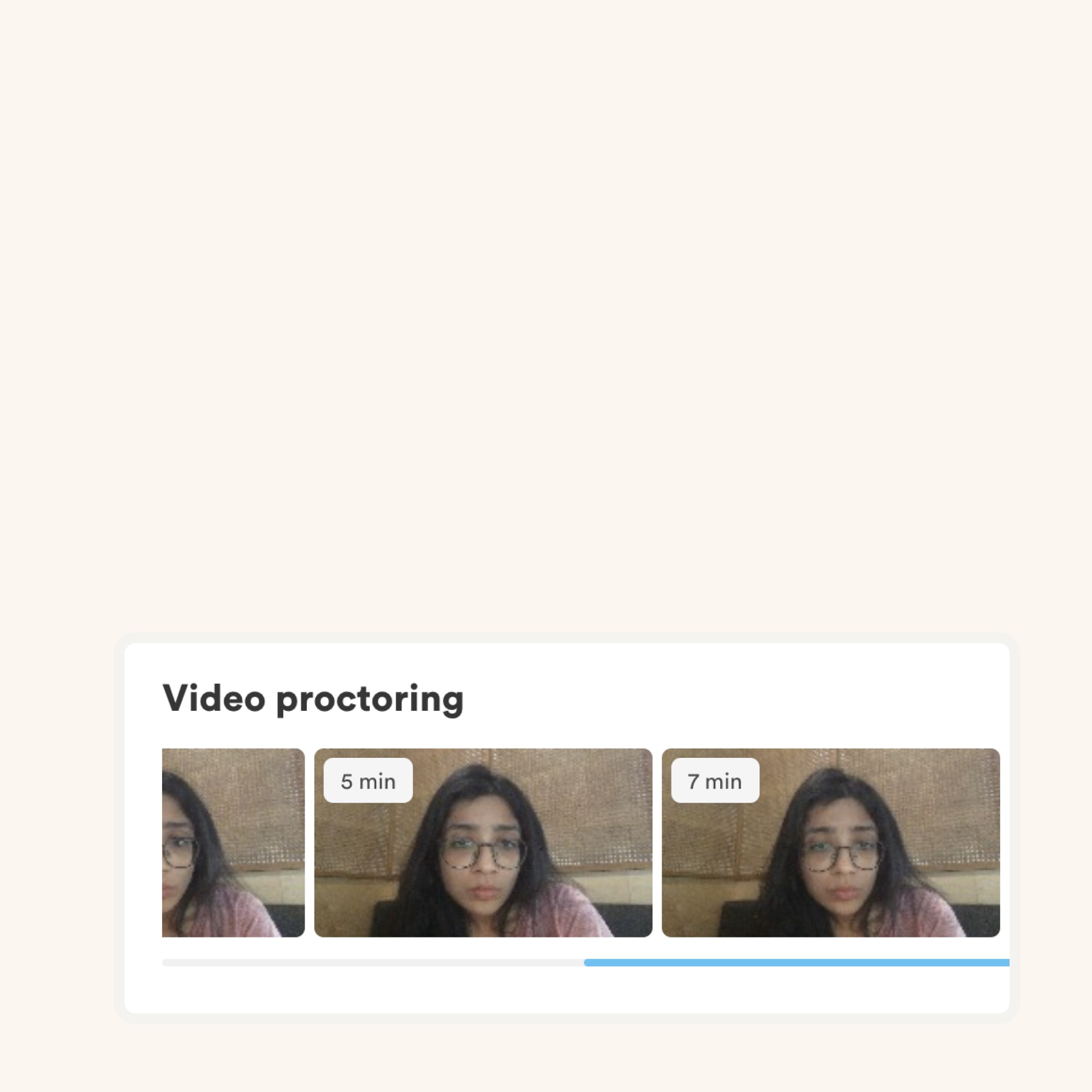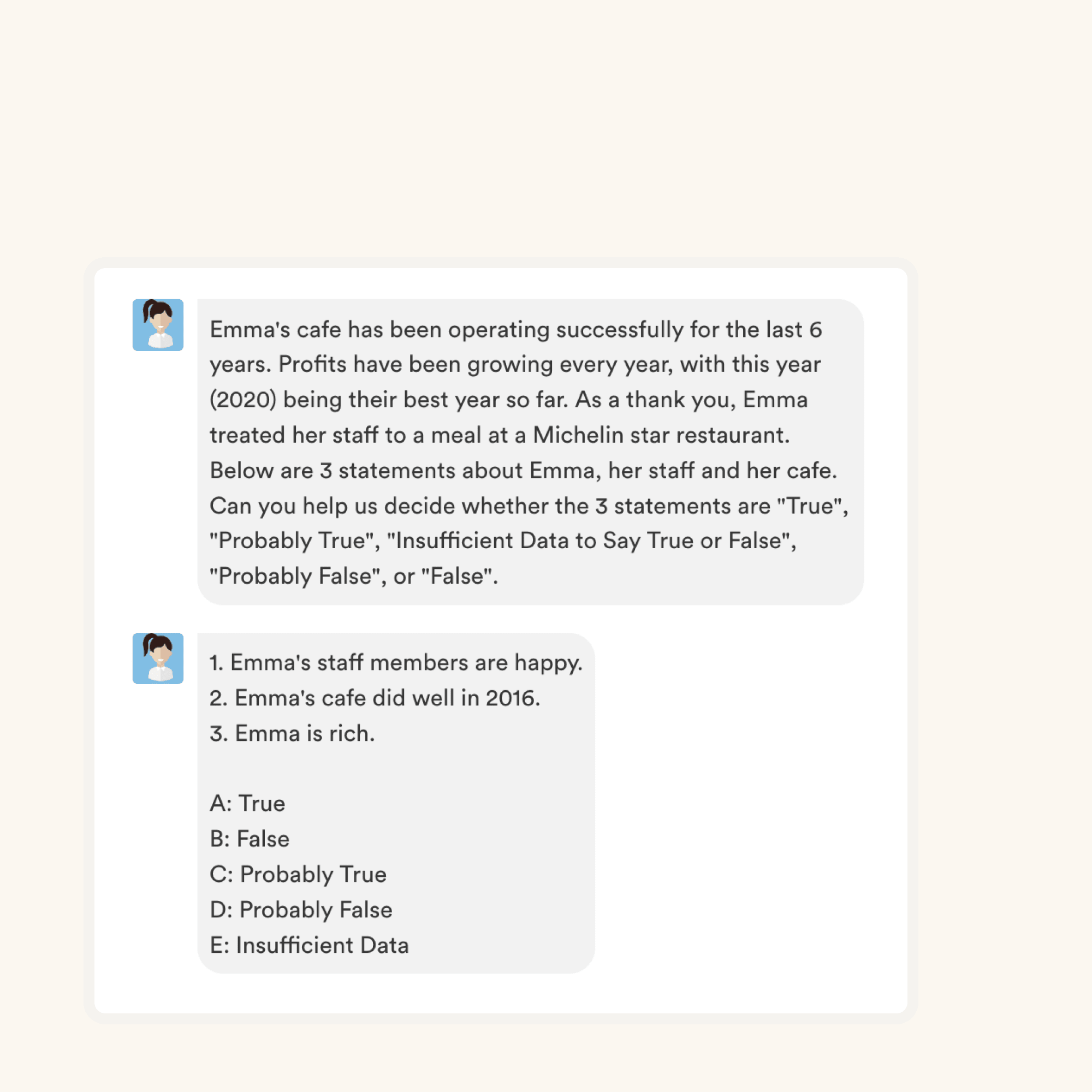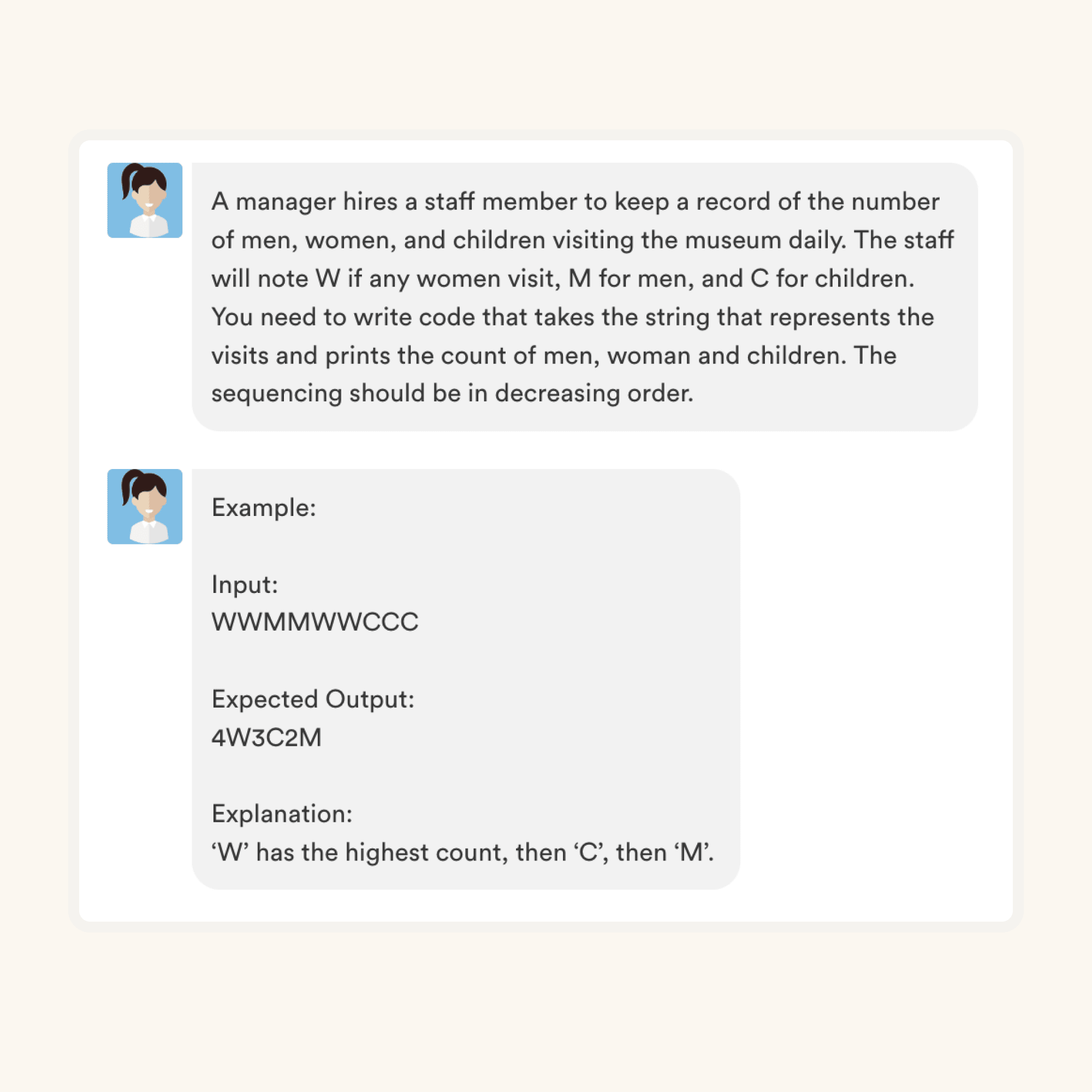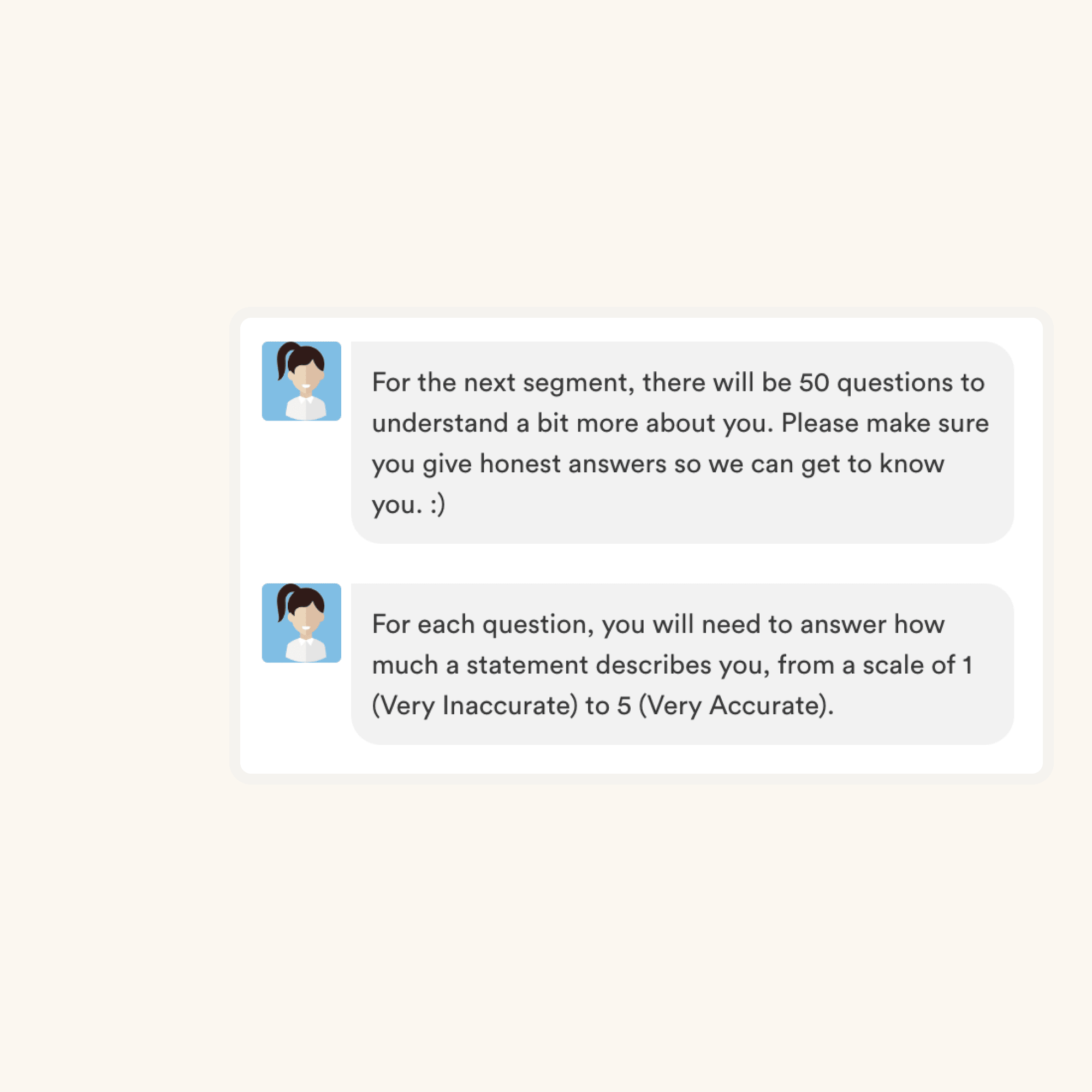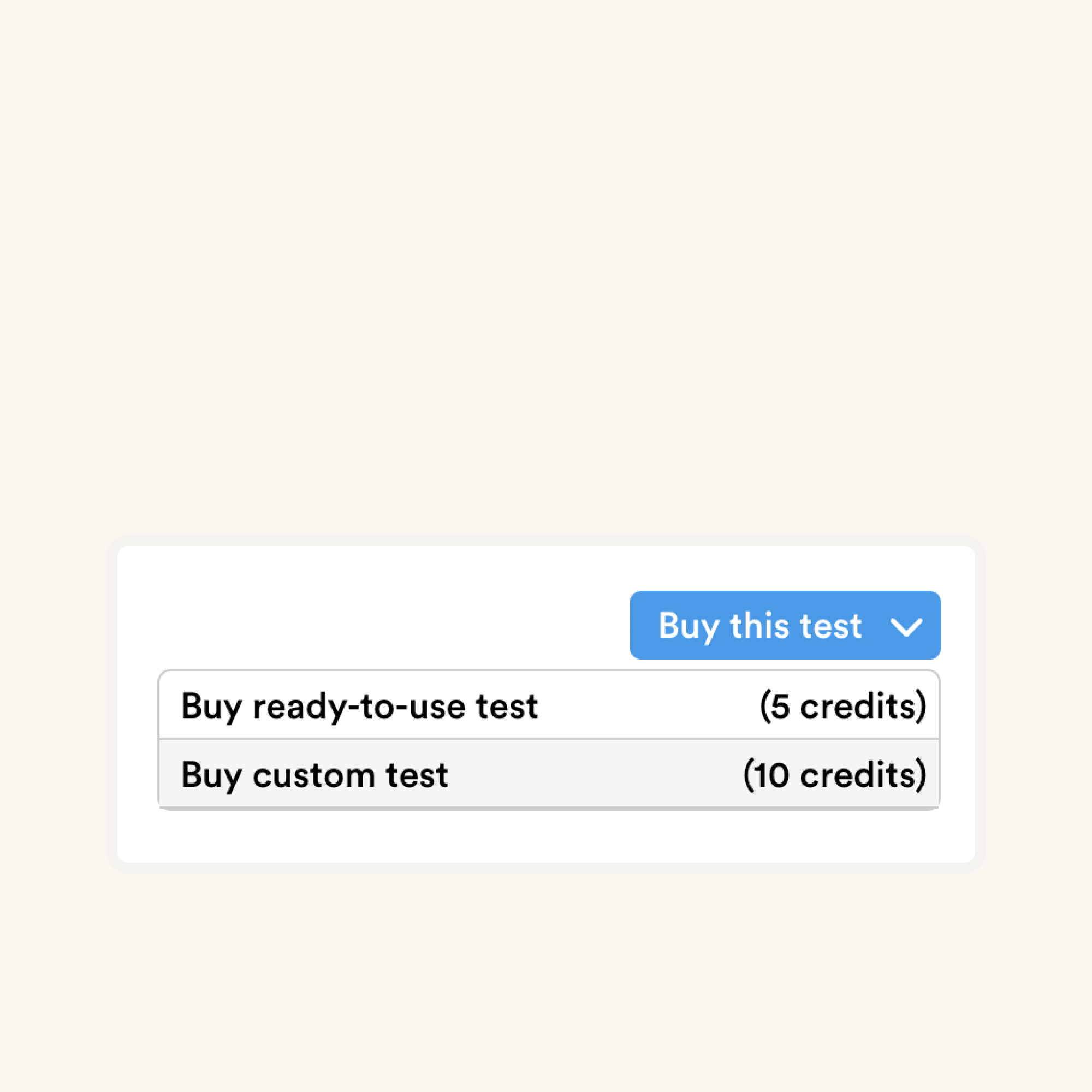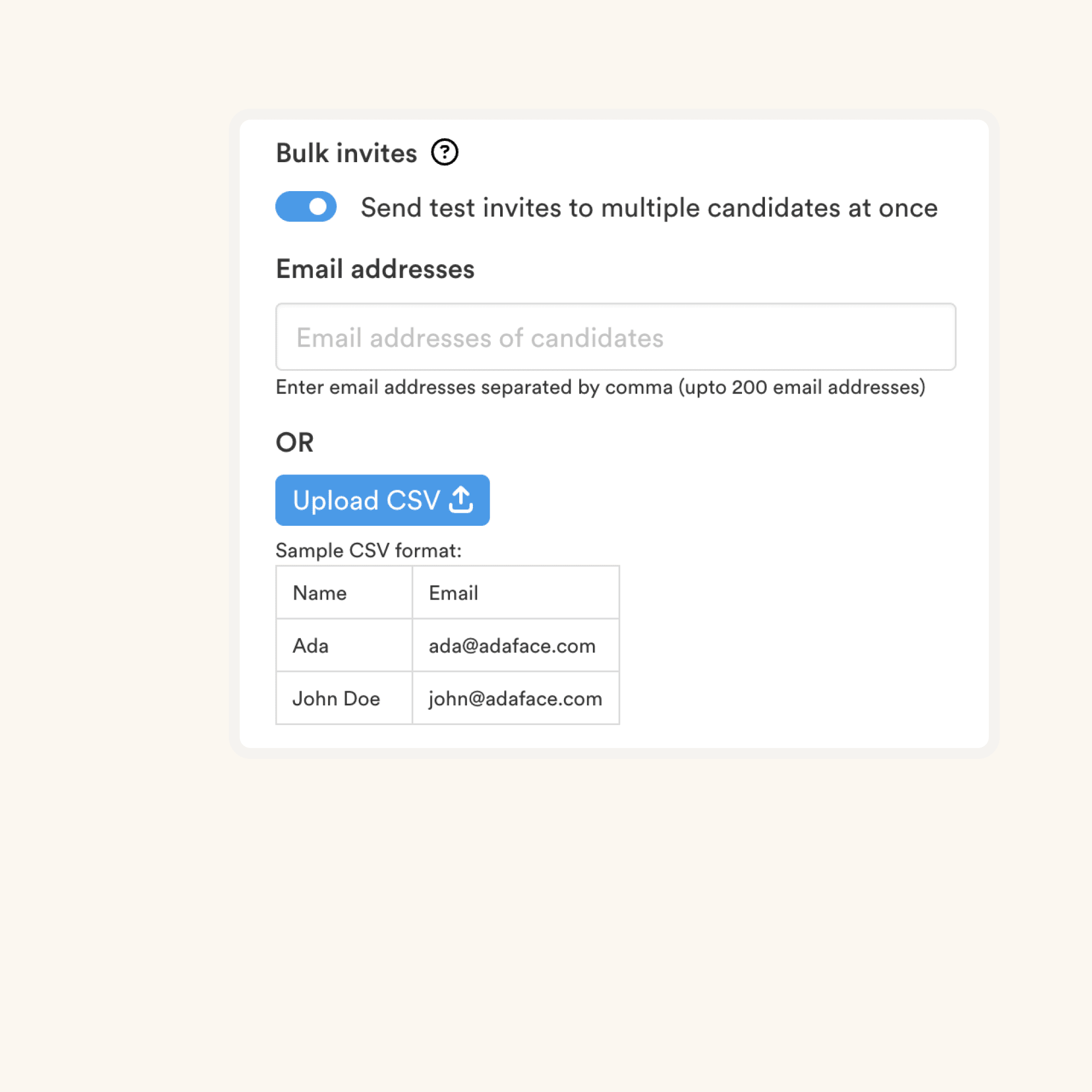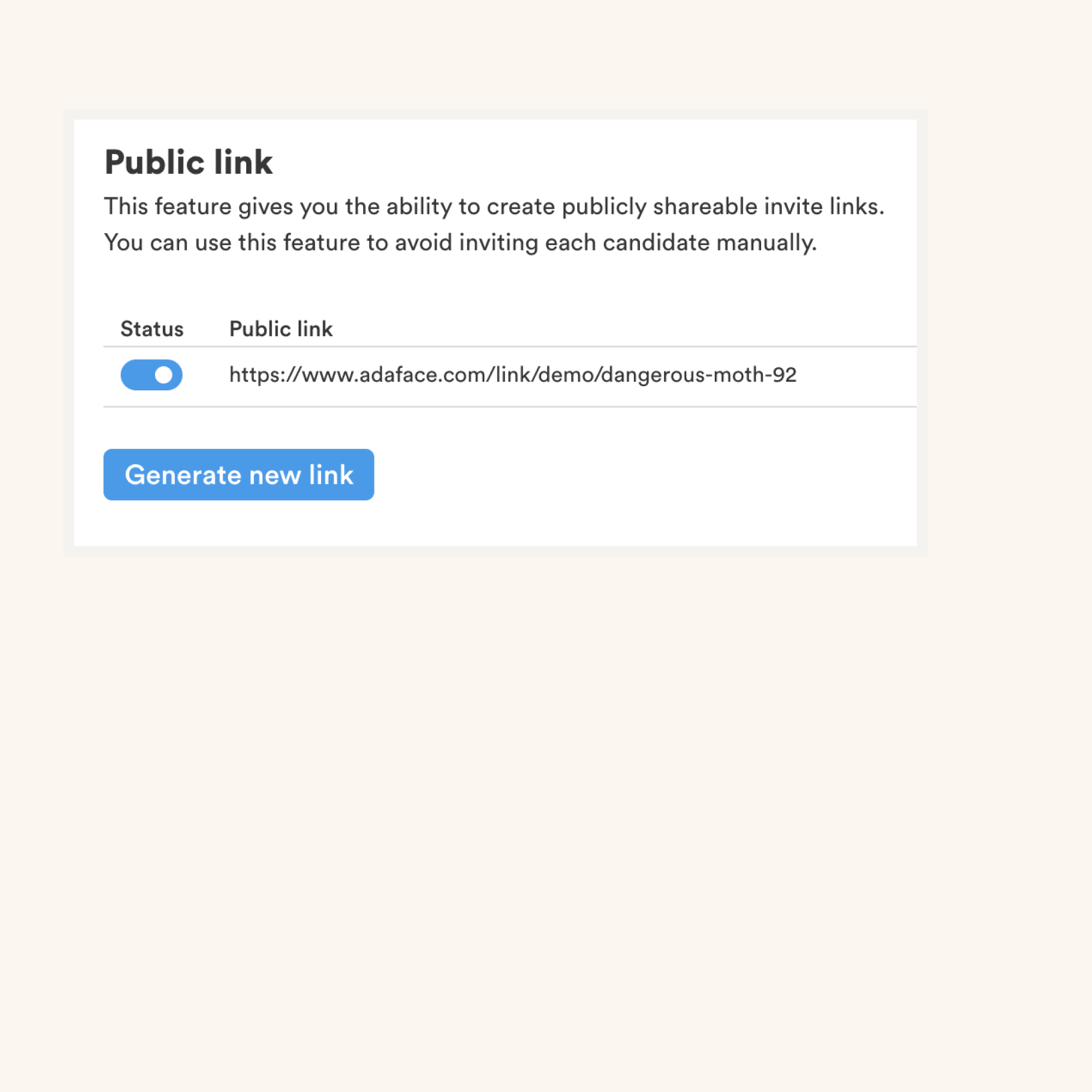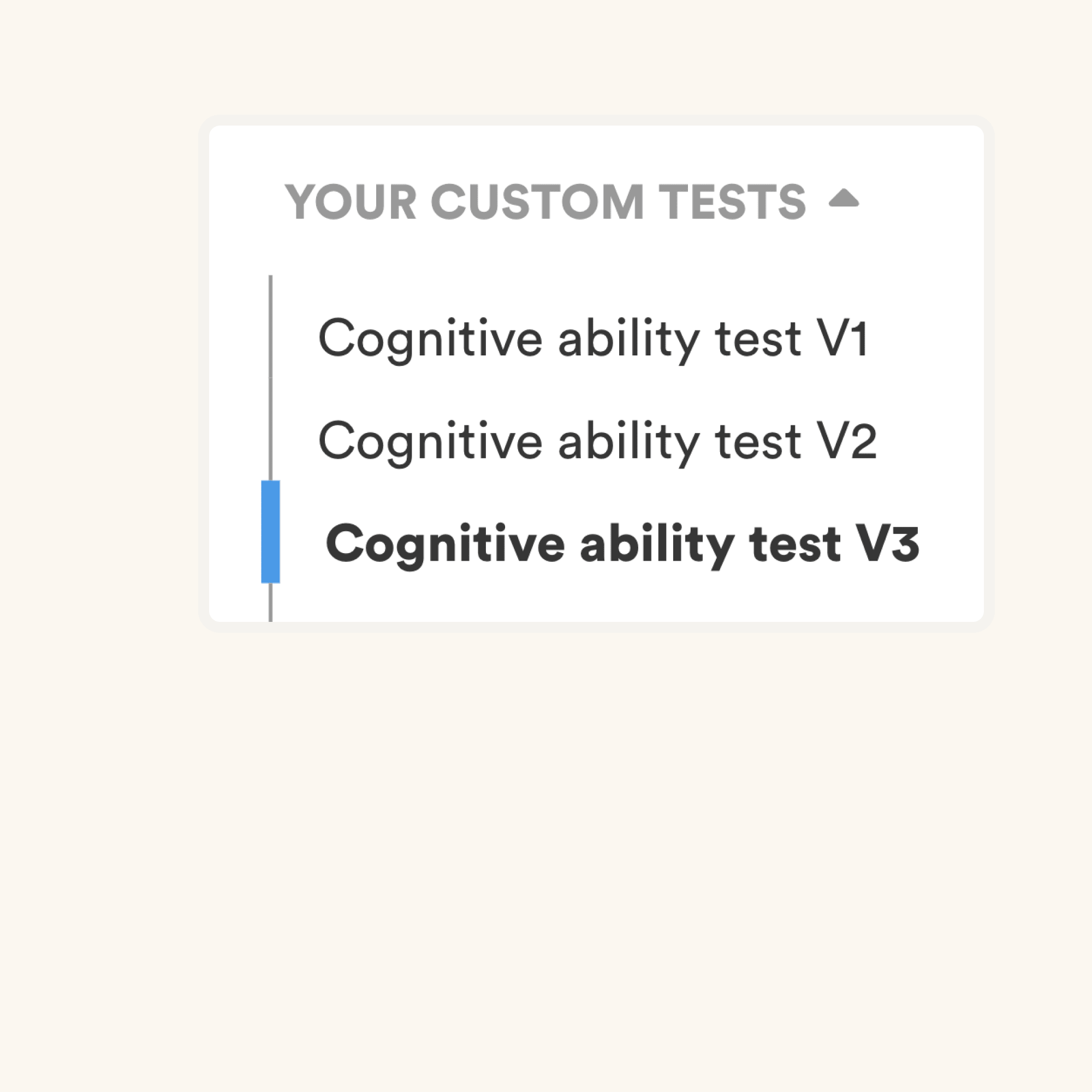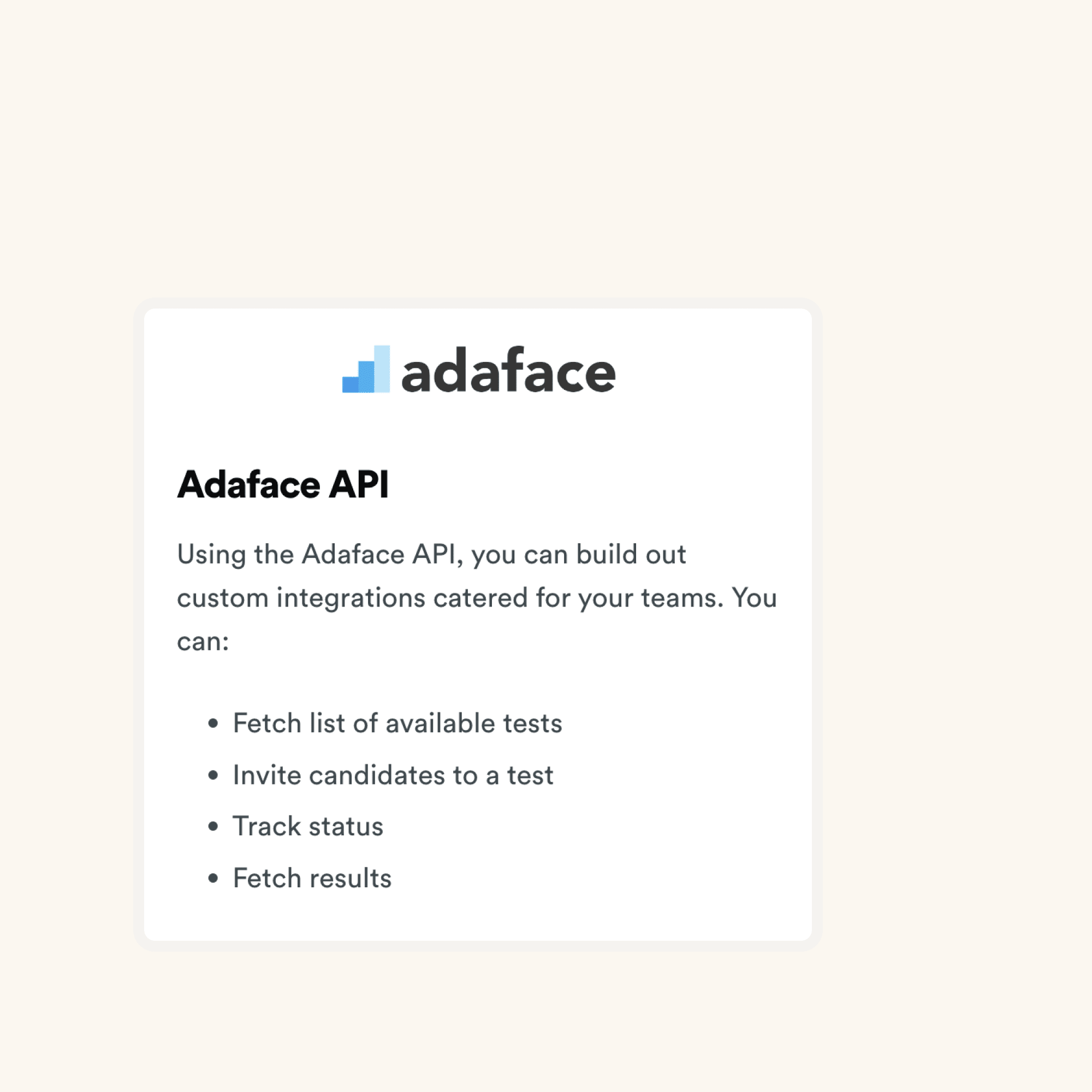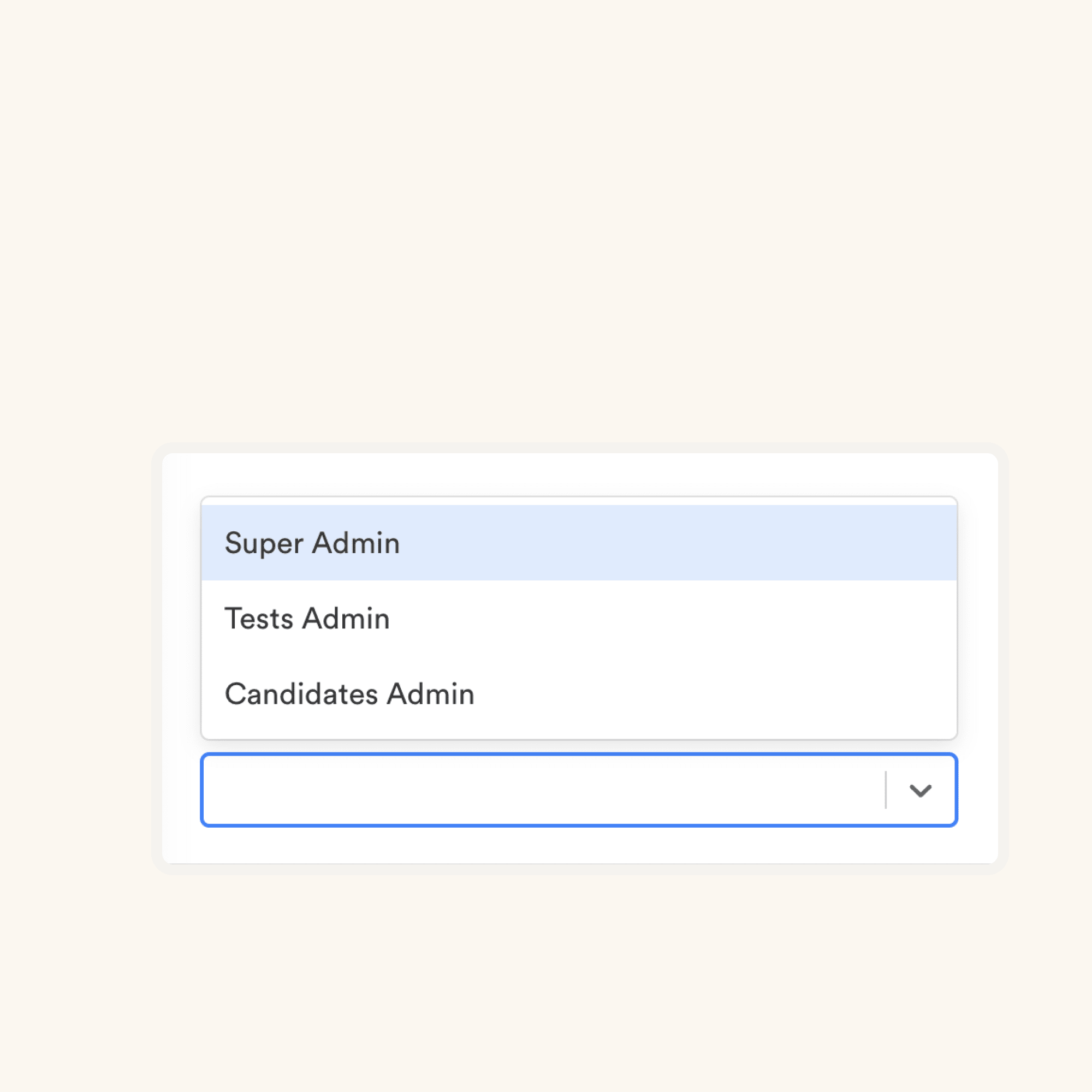Lists and Tuples: Lists and tuples are fundamental data structures in Erlang. Lists are used for storing collections of elements, while tuples are fixed-size containers. Proficiency in these structures is crucial for efficient data manipulation and storage in Erlang programs.
Maps and Records: Maps are key-value data structures introduced in Erlang R17. Records provide a way to create structured data with named fields. These structures are essential for organizing complex data and improving code readability.
Pattern Matching: Pattern matching is a powerful feature in Erlang for destructuring data and control flow. It allows for concise and expressive code, enabling developers to easily extract values from complex data structures. This skill is vital for writing idiomatic and efficient Erlang code.
Recursion: Recursion is a fundamental concept in functional programming and is heavily used in Erlang. It allows for elegant solutions to complex problems and is often used in place of traditional loops. Mastery of recursion is crucial for writing efficient and maintainable Erlang code.
List Comprehensions: List comprehensions provide a concise way to create lists based on existing lists. They offer a powerful tool for data transformation and filtering. Understanding list comprehensions is important for writing expressive and efficient list processing code in Erlang.
Binary Data and Bitstrings: Erlang provides robust support for working with binary data and bitstrings. These features are crucial for handling network protocols, file I/O, and low-level data manipulation. Proficiency in this area is essential for developing high-performance, data-intensive applications.
Processes and Concurrency: Erlang's lightweight processes and built-in concurrency model are key strengths of the language. Understanding how to create, manage, and communicate between processes is fundamental to leveraging Erlang's power in building scalable, fault-tolerant systems.
Error Handling: Erlang's approach to error handling, including the 'let it crash' philosophy and supervision trees, is unique and powerful. Mastery of error handling techniques is crucial for building robust, self-healing systems that can gracefully handle failures.
Higher-Order Functions: Higher-order functions are functions that can take other functions as arguments or return them as results. They are a powerful tool for abstraction and code reuse in functional programming. Proficiency in using higher-order functions is important for writing flexible and modular Erlang code.
Modules and Functions: Erlang's module system provides a way to organize and encapsulate code. Understanding how to define, export, and use functions across modules is fundamental to structuring Erlang applications. This skill is essential for building maintainable and scalable codebases.
ETS Tables: Erlang Term Storage (ETS) tables provide a powerful in-memory database capability. They offer high-performance options for storing and retrieving data within Erlang applications. Proficiency in ETS is important for optimizing data access in performance-critical systems.
DETS Tables: Disk-based Erlang Term Storage (DETS) tables extend the capabilities of ETS to persistent storage. They allow for efficient storage and retrieval of Erlang terms on disk. Understanding DETS is crucial for developing applications that require persistent data storage with Erlang-native data structures.




















